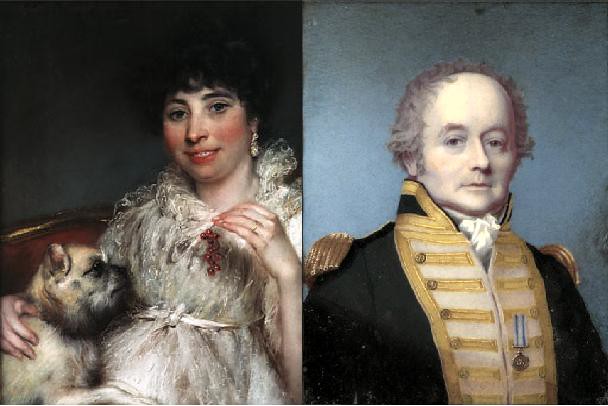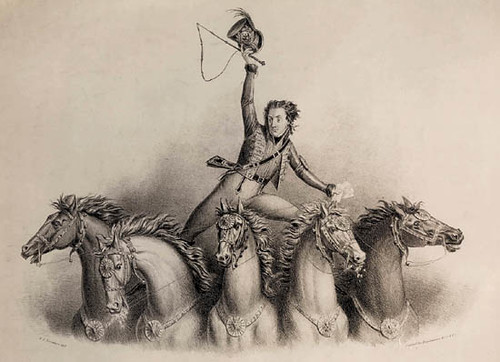Sacred to the memory Of William Frederick Tyler Aged 31 years Police Constable 403 of the N Division Metropolitan Police Force Who was killed at Tottenham While bravely doing his duty On the 23rd January 1909 - grave inscription
PC Tyler was shot by Latvian Anarchists during a bungled wages heist on J. Schnurmann’s Rubber factory in Chestnut Road, Tottenham. A 10 year old boy, Ralph Joscelyne , also died in the failed robbery. The pair were buried on the same day, Friday 29 January 1909, within yards of each other at Abney Park Cemetery. 3000 Police officers lined the route of the funeral procession along with several hundred thousand members of the public.
Jacob Lepidus and Paul Hefeld were Latvian immigrants and revolutionary anarchists who decided to carry out an armed robbery on the rubber factory where Hefeld had previously worked. Perhaps Hefeld was either particularly unobservant or dangerously reckless because the factory was across the road from Tottenham Police Station. When the owner arrived at the factory from the bank at 10.30am with £80 to pay his workers in a bag carried by one of his clerks. Lepidus and Hefeld snatched the money bag as soon as the clerk stepped from the bosses car but were immediately involved in a tussle with the clerk, the chauffeur and a passer-by. Several shots were fired but no one was injured. The two robbers dropped their loot and fled. The shots had alerted the police over the road and the constabulary were soon in hot pursuit, some on foot including Tyler, two others, in a car. The police on foot were almost immediately fired on – they returned fire after borrowing a pistol from another passer-by (gun control in 1909 England was as almost as lax as in current day USA). As well as the police a crowd of people also joined in the pursuit of the armed Latvians. The crowd included 10 year old Ralph Joscelyne who had been out with the local baker on his rounds. One of the bullets fired by the Latvians hit him in the chest and he later died in hospital.
PC Tyler was shot by Latvian Anarchists during a bungled wages heist on J. Schnurmann’s Rubber factory in Chestnut Road, Tottenham. A 10 year old boy, Ralph Joscelyne , also died in the failed robbery. The pair were buried on the same day, Friday 29 January 1909, within yards of each other at Abney Park Cemetery. 3000 Police officers lined the route of the funeral procession along with several hundred thousand members of the public.
Jacob Lepidus and Paul Hefeld were Latvian immigrants and revolutionary anarchists who decided to carry out an armed robbery on the rubber factory where Hefeld had previously worked. Perhaps Hefeld was either particularly unobservant or dangerously reckless because the factory was across the road from Tottenham Police Station. When the owner arrived at the factory from the bank at 10.30am with £80 to pay his workers in a bag carried by one of his clerks. Lepidus and Hefeld snatched the money bag as soon as the clerk stepped from the bosses car but were immediately involved in a tussle with the clerk, the chauffeur and a passer-by. Several shots were fired but no one was injured. The two robbers dropped their loot and fled. The shots had alerted the police over the road and the constabulary were soon in hot pursuit, some on foot including Tyler, two others, in a car. The police on foot were almost immediately fired on – they returned fire after borrowing a pistol from another passer-by (gun control in 1909 England was as almost as lax as in current day USA). As well as the police a crowd of people also joined in the pursuit of the armed Latvians. The crowd included 10 year old Ralph Joscelyne who had been out with the local baker on his rounds. One of the bullets fired by the Latvians hit him in the chest and he later died in hospital.
Tyler caught up with the criminals on Tottenham Marshes opposite a domestic rubbish incinerator known as the Dust Destructor. He called for them to hand themselves in but Hefeld’s response was to shoot him in the head. The robbers fled on to Banbury Reservoir where they traded shots with a group of men out duck hunting. After catching their breath behind a haystack and holding off the pursuing crowd with continuous gunshots they hijacked a tram on Chingford Road. The police stopped a tram going in the opposite direction and, forcing the driver to reverse, started a tram chase both parties exchanging shots all the while. Another police officer commandeered a pony drawn cart to join the pursuit. Meanwhile the tram conductor lied to the two Latvians telling them that there was a police station around the corner. They ordered the tram to stop and then stole a horse drawn milk cart which was so slow that they stopped the first horse and van that overtook them and hijacked that at gun point. The van was abandoned a mile or two later on when the two men tried to cross the river Ching. Hefeld was too exhausted to climb the fence on the far side of the river and seeing the crowd catching up with him shot himself in the head. Lepidus ran on for a short distance and then took shelter in a lean to at the back of a farm where he was surrounded by the armed crowd. Two police officers entered the lean two and opened fire on Lepidus. When they laid hands on him he was already “in the throes of death” though the coroner later ruled that the death had been 'felo de se' – suicide. Hefeld survived the bullet in his head but only for three weeks and not long enough to stand trial. The whole incident became known as The Tottenham Outrage.
For more information: www.pfoa.co.uk/uploads/asset_file/The%20Tottenham%20Outra...
For more information: www.pfoa.co.uk/uploads/asset_file/The%20Tottenham%20Outra...
| PC Tyler's funeral procession making its way to Abney Park Cemetery |































